Befriending Penhill
How this quiet Yorkshire Dales peak came to live in my head, rent-free
The first time I tried to climb Penhill, it defeated me.
It was New Year’s Day 2013 and we had joined friends for a little post-Christmas hill-climbing adventure. We were going to do it “the easy way” by driving up Grassgill Lane in the village of West Witton, and starting on the ‘shoulder’ of the peak. Snow and ice began to coat the landscape as we got higher and the air was bitterly cold as we hiked across the moor toward the iconic, steep summit. But, as the rest of the group reached our destination, I was unable to make the final scramble to the trig point.
I was recovering from a serious injury at the time and eventually had to admit that even the initial hike was probably ill-advised. Penhill stayed with me, though – its personality scratching at the back of my mind like a mischievous hobgoblin, and its hulking, dark shape goading me from every point in the surrounding countryside. Penhill was unfinished business and remained so for about eight years.
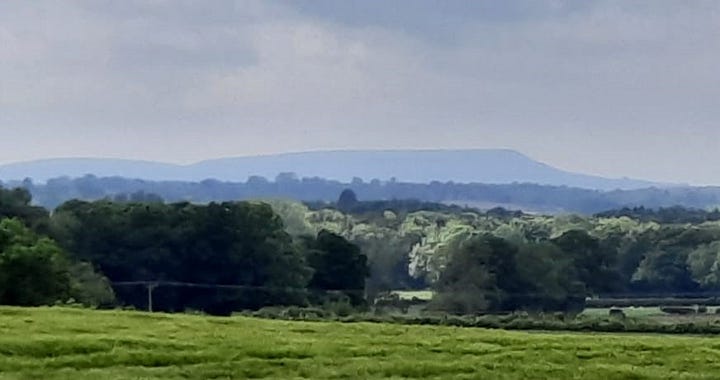
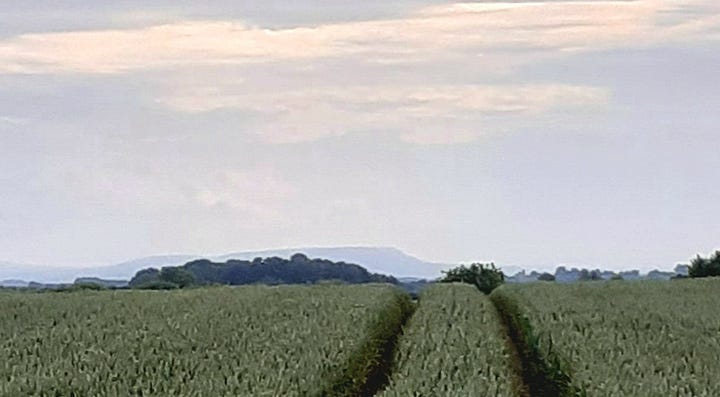
In the British Isles, the classification of ‘mountain’ is generally awarded to peaks of 2000 feet or more and the Yorkshire Dales National Park boasts 41 such elevations. Reaching 1,814 feet at its highest point (Height of Hazely), Penhill falls just short of inclusion in that special club. It certainly holds its own in the landscape, though, standing near the end of a valley, where Coverdale, Waldendale, and Bishopdale join the epic sweep of Wensleydale. This position means that Penhill commands spectacular views across the Dales to the west and also out to the Vale of York and the North York Moors.
Like most of the hills and mountains of the Yorkshire Dales, Penhill is full of historic curiosities and compelling mystery. While farming and equestrian business continue apace across its flanks, remnants of times past lurk among the brush. This region is notable for its lead mining history and ruins associated with this industry can still be seen, including a tall flue on the lower slopes of the peak. But Penhill’s physical prominence within the surrounding landscape has given rise to its most significant historic features - elements that speak to its importance in our national story.
Firstly, high up on the summit, there stands a beacon believed to have been part of a national network of bonfires designed to warn of the threat of invasion, including the Spanish Armada in 1588. It is now a landmark and an important waypoint for those hiking the hill. Secondly, the peak is home to the Penhill Preceptory – a set of ruins dating from the 12th century, which include a chapel associated with the Knights Templar. Today, the site is protected as a scheduled monument and, while little of it remains, the Knights Templar connection is clear to see amid the carvings. Adding to the eerie atmosphere of the site, three stone coffins are still visible.
There is more to Penhill than lofty fires and ancient religious orders, though. There is also a legend, passed down through generations, providing a glimpse into the local existential terror of Viking invasions. In traditional Yorkshire folklore, a wicked giant lived in a castle on the summit of Penhill. This giant was descended from Thor, the god of thunder himself. His companion was ‘Wolfhead the boarhound,’ who helped the giant manage a herd of pigs.
It seems this giant was a terrible, terrible fellow who caused a great deal of pain and strife. The story goes that some local sheep strayed onto the giant’s land and he had Wolfhead slaughter them for fun. A shepherdess named Gunda appeared and begged him to call his boarhound off but, instead, the giant attacked her. When she tried to escape, he sent Wolfhead after her. She bloodied the animal’s snout and sent him packing. In anger, the giant killed Gunda and went on to mistreat Wolfhead, eventually killing him, too.
The giant continued his rage, terrorising people in the area and arguing with a local hermit. As a result, his castle was set on fire. As the giant retreated from the flames, the ghost of Gunda the shepherdess appeared with Wolfhead by her side. The giant, shocked and frightened, stepped back until he teetered on the cliff edge of Penhill. Gunda had Wolfhead leap at him and the giant fell over the edge of the peak, meeting his demise. Some suggest that Penhill today has the shape of a fallen giant, forever keeping the legend in view.
This folk tale shares some elements with the West Witton village tradition, The Burning of Old Bartle - an annual community festival that seeks to emulate a mysterious historic chase and execution by fire of a frightening figure - but I shall dig into those connections in another post. Aside from that festival every August, the tale of the Penhill Giant features in several books and is now the subject of an orchestral narrative composed by Geoff Hannan and written by Sally Edwards. This was performed for the first time in Skipton in 2023 but, by then, I had already befriended the peak.
At the end of 2020, after months of pandemic lockdowns and travel restrictions, I decided to undertake the Yorkshire Three Peaks Challenge with a friend, to raise money for charity. Now, that’s also a whole other story, but for this post, let’s just say that it required a comprehensive training programme of hills, moorland, more hills, and even bigger hills. We hiked all over North Yorkshire, taking in different terrain and building up distances. Then, on 4th July 2021, it was time to return to face my nemesis. The hill that had defeated me all those years before.
And this time, we did it the hard way.
Rather than making the first half of the ascent up the tarmac-covered Grassgill Lane and the West Witton Steeps, we began at dawn and struck out from the village across the fields of the lower slopes. We crossed each of the network of farm lanes that slice across the flanks of the peak and hiked our way up to the ‘shoulder.’ Here, the cloud cover began to separate, with tufts of sunlit vapour floating above and below.
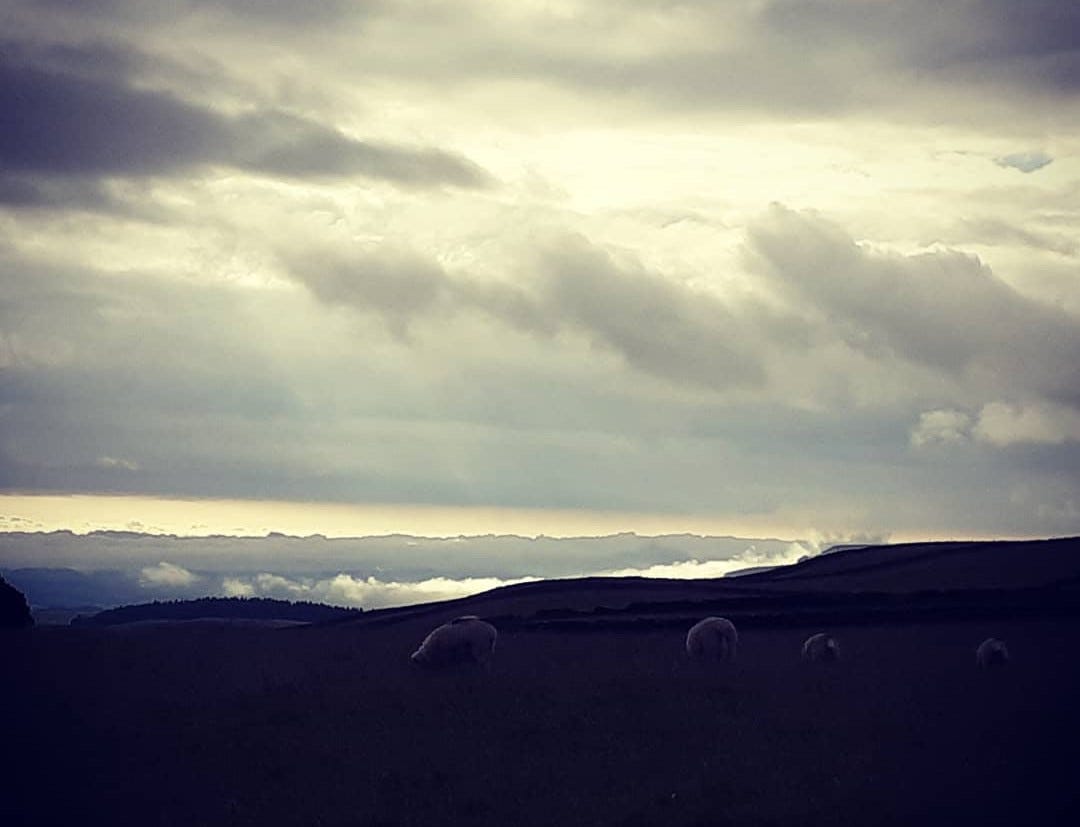
I found myself standing at the base of the final scramble - the same place I’d been eight years previously when excruciating pain had led me to admit defeat. But this time was different. I took a deep breath and reminded myself of all the physiotherapy and training that had got me this far. Then I welcomed Penhill into my thoughts – not as a nemesis to be defeated or a hill to be tamed, but as a wise old friend from whom I could learn.
I climbed the final scramble section, and made it to the summit.
We had planned a circular route so, rather than heading back down the scramble section, we continued over the summit plateau – across bog and along cliff edge – until we reached the Penhill Crags. Here, we located a cut in the rock and a steep path down the face of Penhill, delivering us onto the farm tracks of the lower slopes. The sense of achievement - of completing something I had once failed to do - was intoxicating. It made the remaining miles of the route seem like nothing at all.
From then on, I couldn’t stay away. Penhill became my go-to, weekly training hill. As a hiking team, we continued to train in many locations across North Yorkshire, but I would always make time to pop over to Penhill for a quick mid-week hike. I felt the power of the purposes assigned to it by its neighbours and residents – serving to physically warn against threat, to shelter knights, and to provide a cautionary tale about giant sheep worriers attacking young women. I would go early in the morning, and during long summer evenings; in the blazing sunshine and the howling rain. Alone, or with company. I found my favourite route up the hill and scored a personal best when I reached the ‘shoulder,’ from the village, in 35 minutes. I came to know every stream, every bog, and every undulation. The nuances of Penhill became a familiar comfort, and I felt a profound connection with it, deep in my soul.
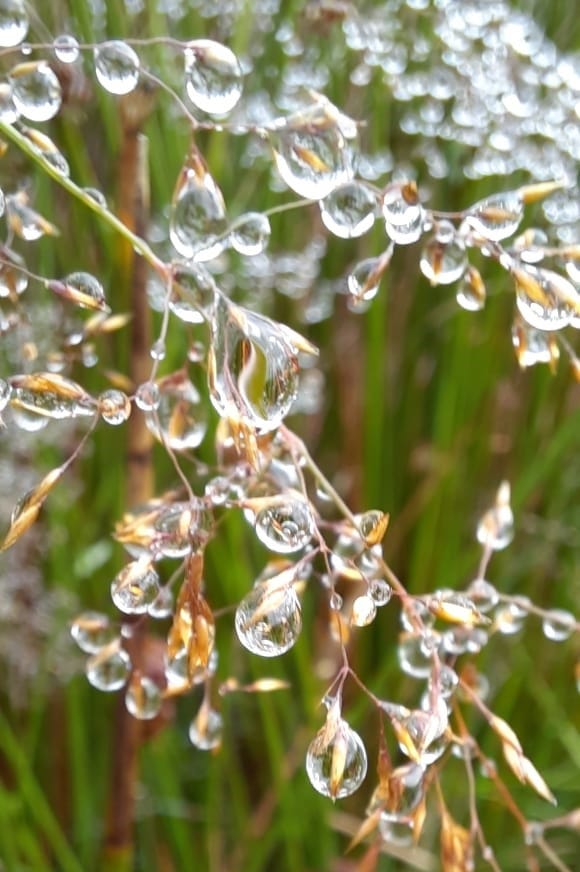
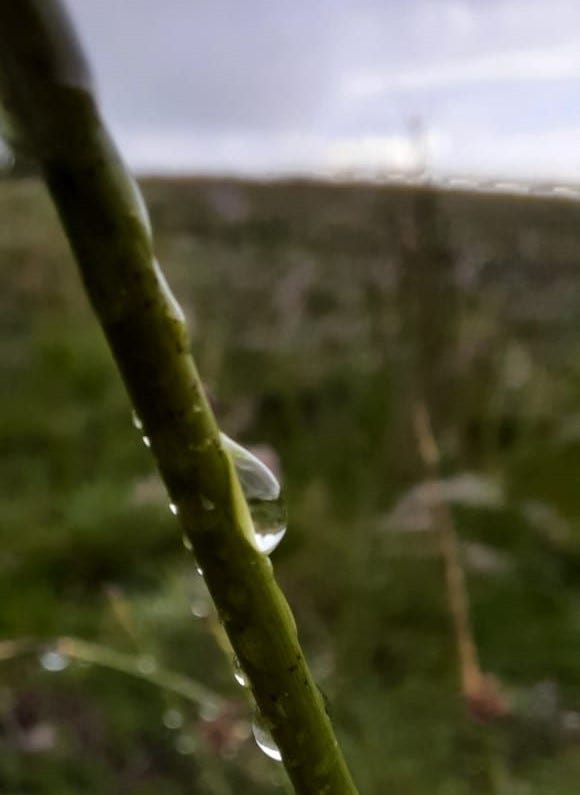
I am no longer training for a particular challenge, but Penhill is never far from my mind. Where once it taunted me from afar, it now pulls me back to its moody slopes with the promise of intense peace of mind. There is a particular clarity that accompanies feeling immersed in a landscape – bonded with the rhythms of weather and terrain; enmeshed in the story of the place. Though it can seem like the bleakest, harshest spot when viewed from a distance, standing on this beloved summit always feels like the warmest of embraces.
Did I befriend Penhill, or did Penhill befriend me? At this point, I don’t think it matters. We just continue our dance – our call and response – as this beautiful peak stands endless guard at the mouth of Wensleydale.


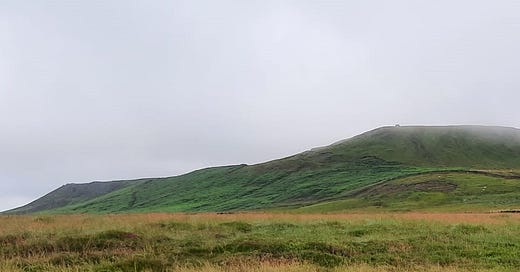



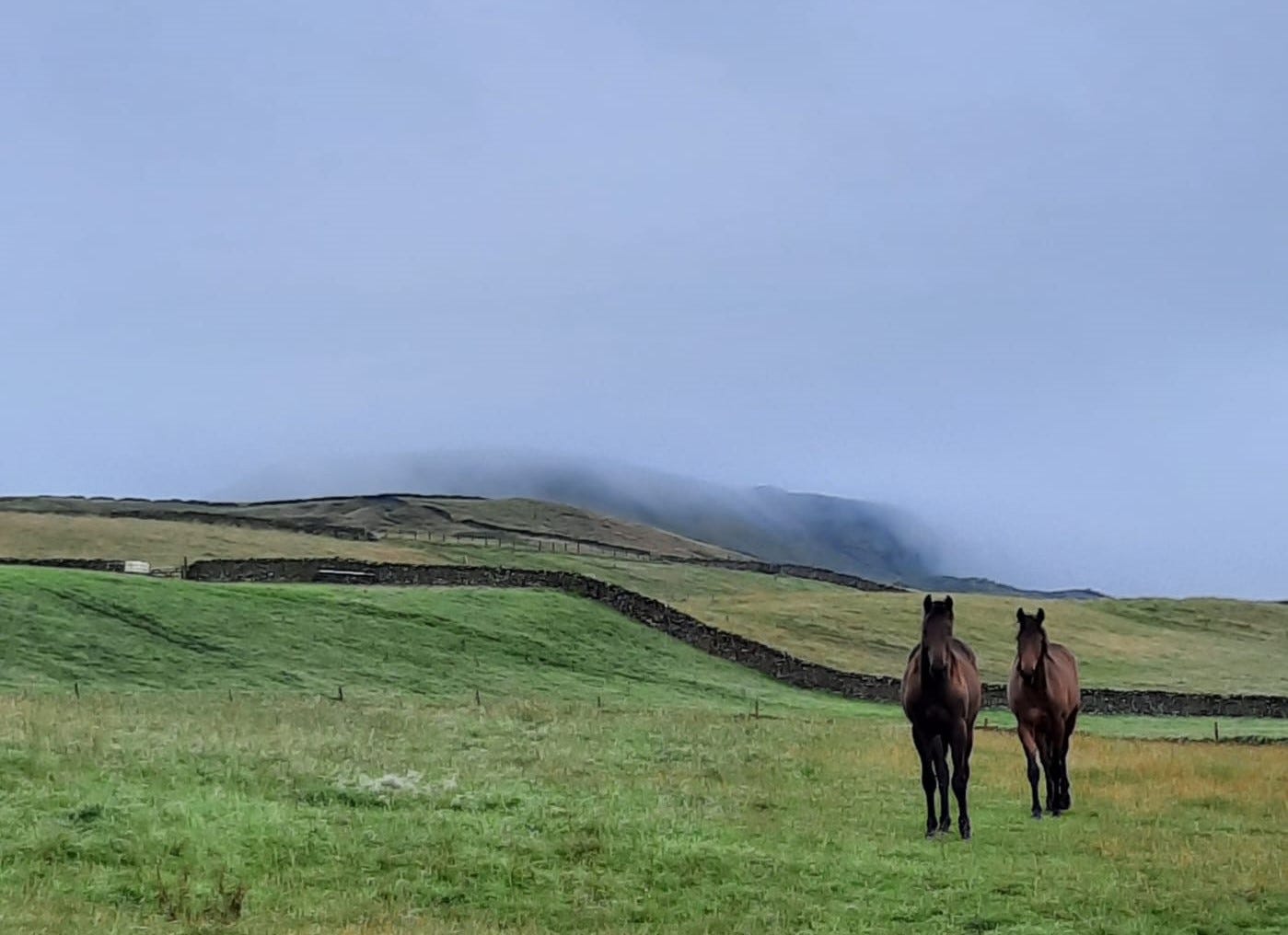
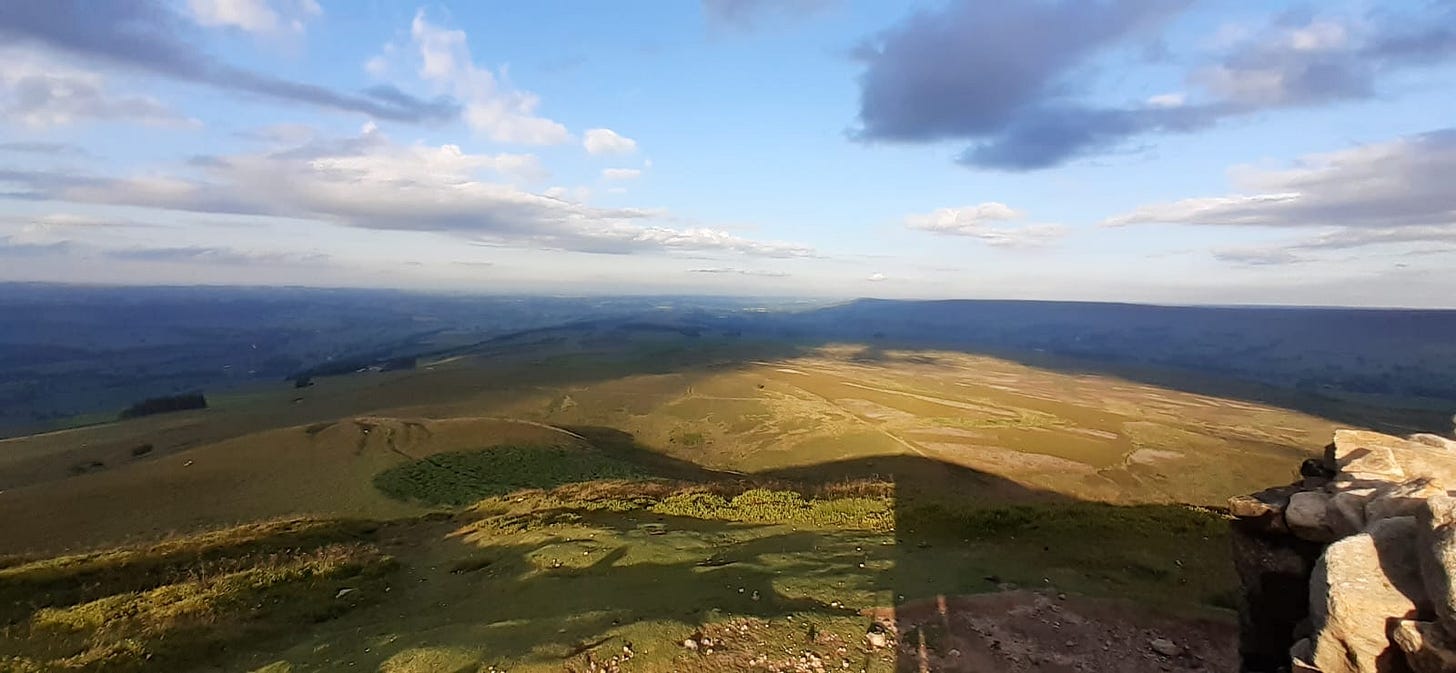
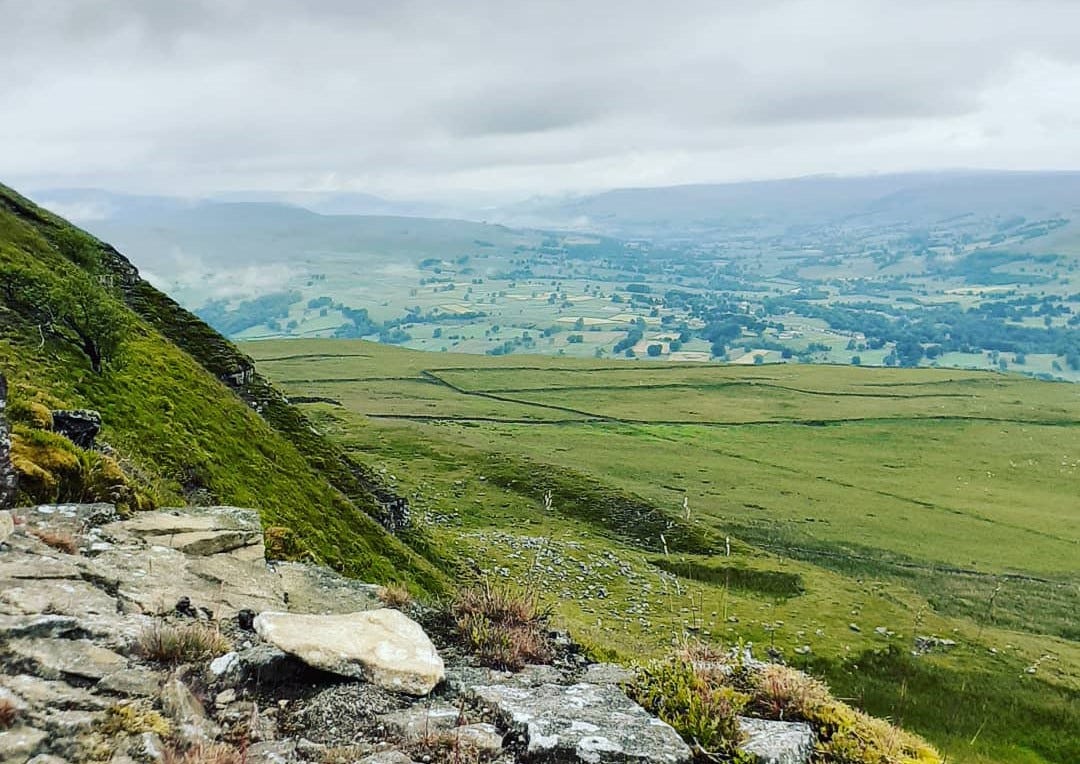
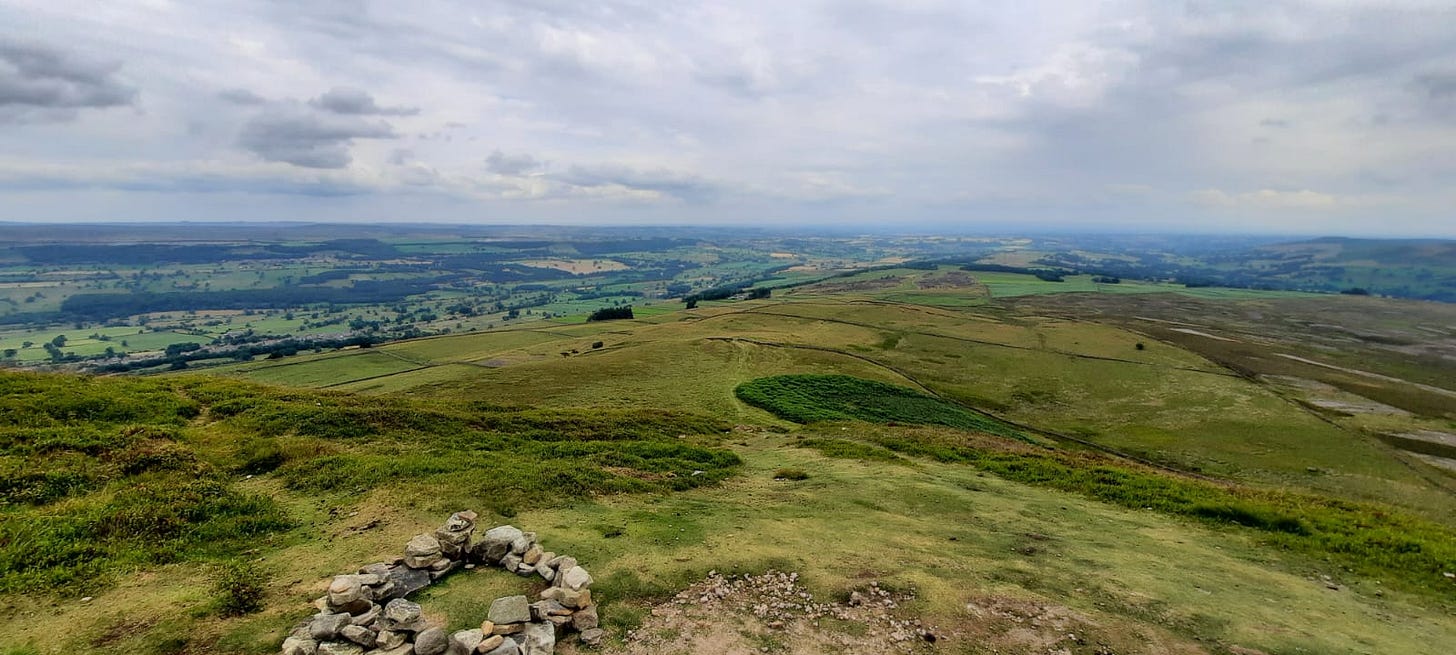
This is very nice Sarah! Walking up it weekly eventually is impressive and you got to know it intimately. My lastest Substack entry sees me discovering and falling in love with the Dales.. in 1984! And one small village brook has stuck with me and won't leave my imagination.
Was so lovely to read this! Pen Hill is the distant view from my office window and it’s distinctive shape says ‘home’ to me when I’ve been away and am driving back